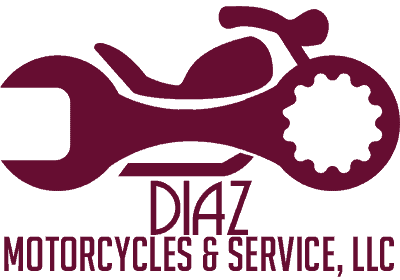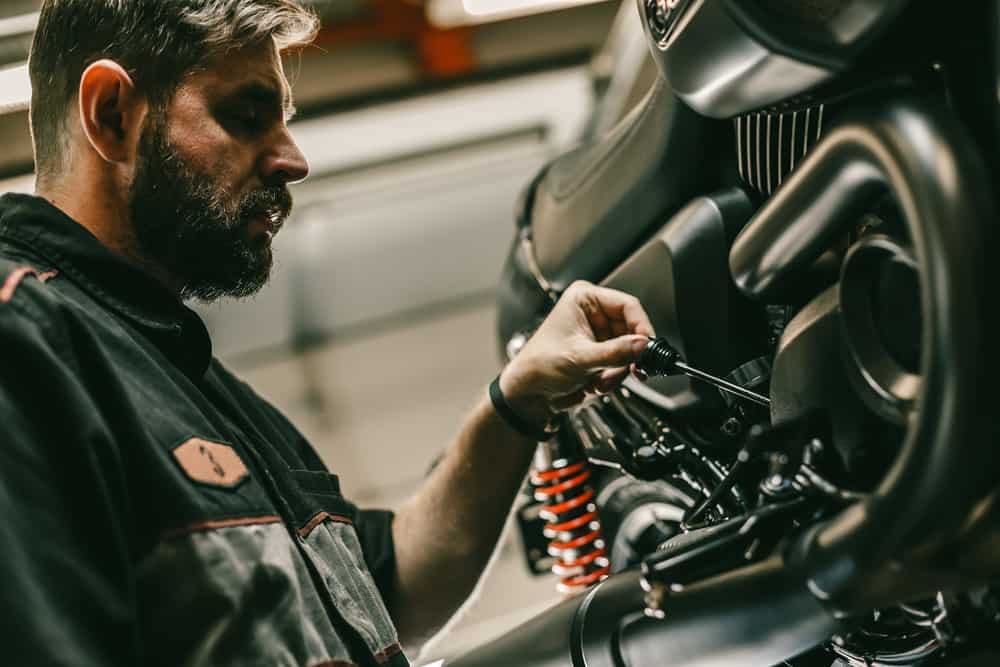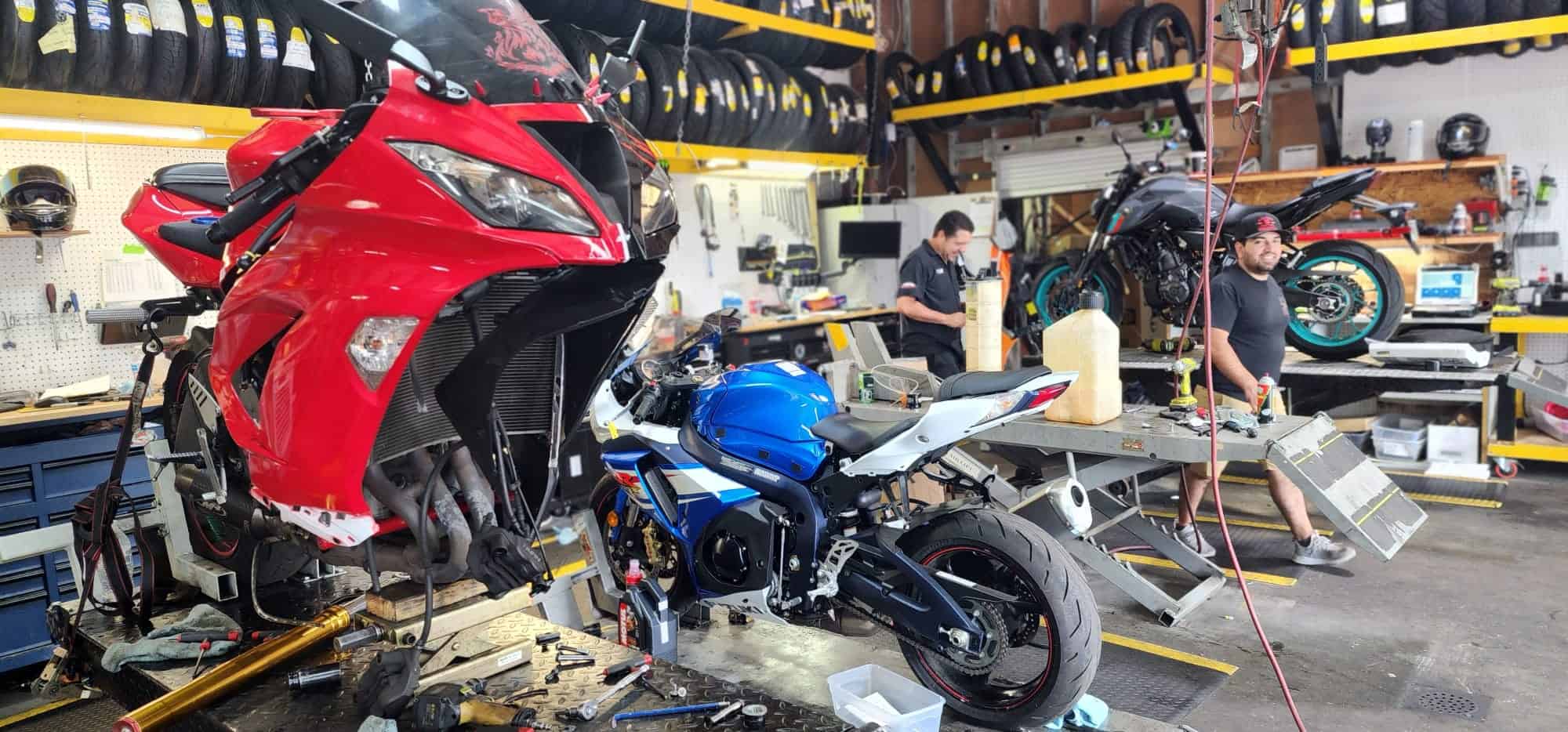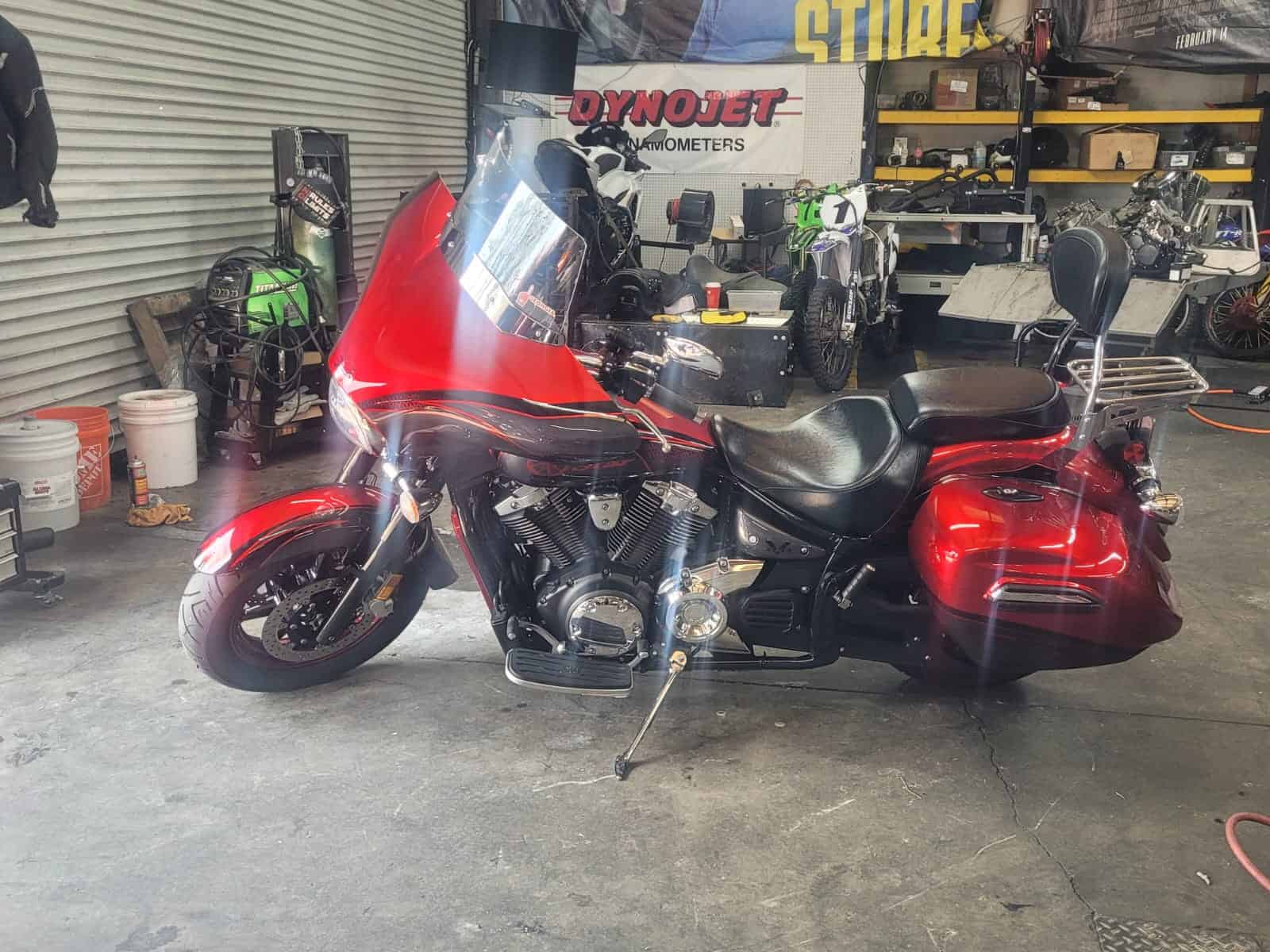Summary:
Understanding Your Motorcycle's Maintenance Needs
Every motorcycle has unique maintenance requirements that go far beyond the standard oil change interval. Your bike’s age, riding conditions, and usage patterns all influence what kind of care it needs and when.
Most riders think maintenance means showing up every few thousand miles for an oil change, but that’s just the beginning. Your motorcycle is a complex machine with multiple systems that need regular attention—from the engine and transmission to brakes, electrical components, and drive systems.
The key is developing a maintenance mindset rather than just following a basic schedule. This means paying attention to how your bike sounds, feels, and performs during regular rides, so you can spot potential issues early.
Essential Maintenance Beyond Oil Changes
While oil changes are crucial, they’re just one piece of a much larger maintenance puzzle. Your motorcycle’s brake system, for example, requires regular inspection of brake pads, fluid levels, and brake lines. Worn brake pads don’t just reduce stopping power—they can cause expensive damage to rotors and calipers if ignored.
Tire maintenance is equally critical and often overlooked. Proper tire pressure affects everything from fuel efficiency to handling and safety. Most riders check tire pressure sporadically, but it should be part of your pre-ride routine. Tread depth, sidewall condition, and tire age all impact your safety on the road.
Your bike’s chain and sprockets need regular cleaning, lubrication, and adjustment. A poorly maintained chain doesn’t just affect performance—it can snap unexpectedly, potentially causing serious accidents. Similarly, your air filter affects engine performance and longevity, but many riders forget about it until their bike starts running poorly.
Battery maintenance involves more than just keeping it charged. Corrosion on terminals, proper electrolyte levels, and secure connections all affect reliability. A dead battery doesn’t just leave you stranded—it can damage your bike’s electrical system if not addressed properly.
Recognizing Warning Signs Before They Become Problems
While oil changes are crucial, they’re just one piece of a much larger maintenance puzzle. Your motorcycle’s brake system, for example, requires regular inspection of brake pads, fluid levels, and brake lines. Worn brake pads don’t just reduce stopping power—they can cause expensive damage to rotors and calipers if ignored.
Tire maintenance is equally critical and often overlooked. Proper tire pressure affects everything from fuel efficiency to handling and safety. Most riders check tire pressure sporadically, but it should be part of your pre-ride routine. Tread depth, sidewall condition, and tire age all impact your safety on the road.
Your bike’s chain and sprockets need regular cleaning, lubrication, and adjustment. A poorly maintained chain doesn’t just affect performance—it can snap unexpectedly, potentially causing serious accidents. Similarly, your air filter affects engine performance and longevity, but many riders forget about it until their bike starts running poorly.
Battery maintenance involves more than just keeping it charged. Corrosion on terminals, proper electrolyte levels, and secure connections all affect reliability. A dead battery doesn’t just leave you stranded—it can damage your bike’s electrical system if not addressed properly.
Creating A Maintenance Schedule That Works
An effective maintenance schedule balances manufacturer recommendations with your specific riding conditions and usage patterns. Cookie-cutter approaches don’t work because every rider’s situation is different.
Start with your owner’s manual as a baseline, but understand that these recommendations are often conservative and may not account for your specific riding style or conditions. Riders who commute daily in stop-and-go traffic need more frequent maintenance than weekend recreational riders.
The key is developing a system that you’ll actually follow consistently. This might mean scheduling maintenance around your riding season, setting calendar reminders, or keeping a simple log of what you’ve done and when.
Seasonal Maintenance Considerations
Seasonal changes affect your motorcycle in ways that standard maintenance schedules don’t always address. Spring preparation after winter storage involves more than just checking fluids—you need to inspect rubber components that may have deteriorated, check for pest damage, and ensure all systems are functioning properly after months of inactivity.
Summer riding often means higher temperatures and more frequent use, which can accelerate wear on certain components. Cooling system maintenance becomes more critical, and you may need to adjust tire pressure more frequently due to temperature changes. Chain maintenance also becomes more important with increased riding frequency.
Fall preparation involves protecting your bike from moisture and temperature fluctuations. This isn’t just about winterization—it’s about ensuring your bike remains in good condition during periods of less frequent use. Battery maintenance becomes particularly important as temperatures drop and daylight hours decrease.
Winter storage requires more than just parking your bike in the garage. Proper preparation prevents problems like fuel system gumming, battery deterioration, and moisture-related corrosion. Even if you ride year-round, winter conditions require adjustments to your maintenance routine.
Cost-Effective Maintenance Strategies
Smart maintenance doesn’t have to break the bank, but it does require planning and consistency. The most expensive maintenance is the kind you skip—small problems that turn into major repairs because they weren’t addressed in time.
Learning to perform basic maintenance tasks yourself can save significant money over time. Simple tasks like oil changes, chain maintenance, and basic inspections are well within most riders’ capabilities with proper guidance and tools. However, know your limits—complex repairs and safety-critical systems should be handled by qualified professionals.
Building a relationship with a trusted motorcycle mechanic pays dividends over time. A good mechanic who knows your bike and your riding habits can spot potential problems early and help you prioritize maintenance tasks based on safety and cost considerations. They can also help you understand which maintenance tasks are truly urgent versus those that can wait.
Quality parts and fluids are worth the investment. Cheap oil, filters, and components might save money upfront, but they often cost more in the long run through reduced performance, shorter intervals between services, and potential damage to other components. However, this doesn’t mean you need the most expensive option—there’s usually a sweet spot between quality and cost.
Keeping Your Motorcycle Running At Its Best
Motorcycle maintenance is about more than just following a schedule—it’s about understanding your machine and developing good habits that keep you safe and your bike reliable. The investment in proper maintenance pays dividends in performance, safety, and longevity.
Remember that every bike is different, and your maintenance needs will evolve with your riding experience and conditions. Stay curious about how your motorcycle works, pay attention to changes in performance, and don’t hesitate to seek professional help when you’re unsure about something.
When you need expert motorcycle maintenance services in Cobb County, GA, we at Diaz Motorcycles and Service, LLC provide comprehensive care that goes well beyond basic oil changes, ensuring your bike stays in peak condition for every ride.



